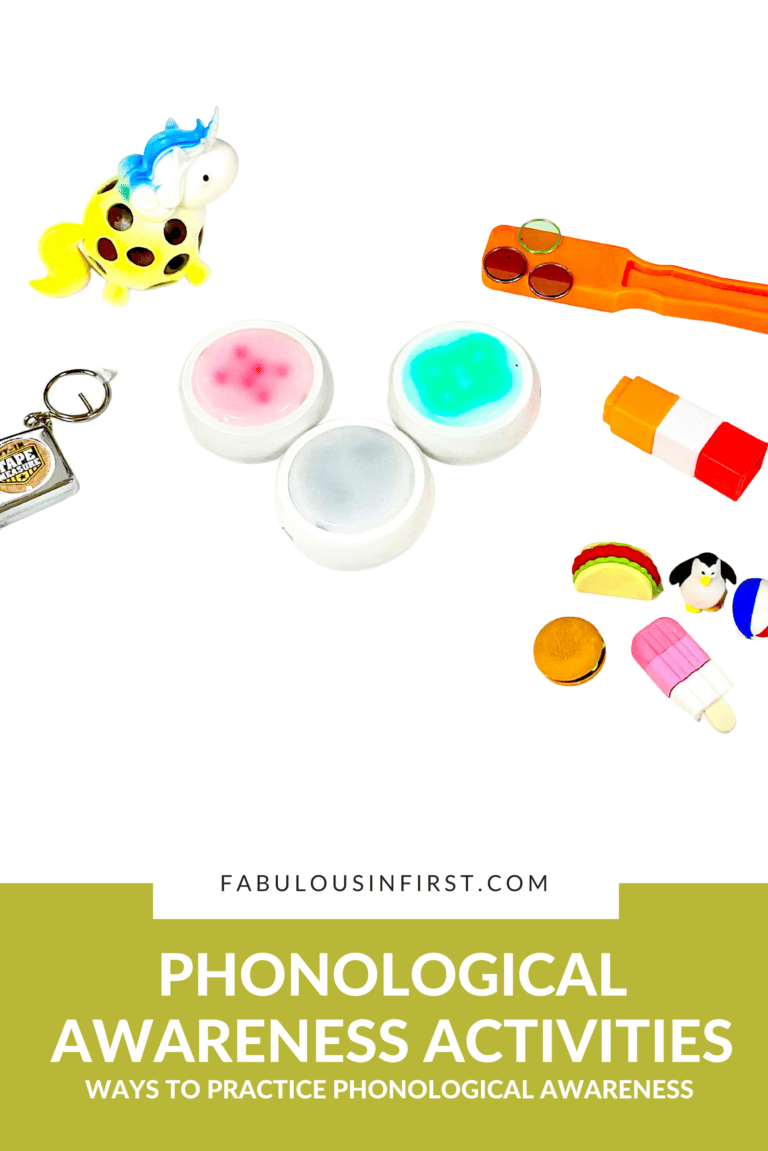I recently posted some photos on Instagram of Orton Gillingham Phonics activities that I’ve been doing with my students. As a classroom teacher we’ve always used word families and reviewed vowel sounds in a million different ways. As the reading specialist, I’ve learned while our previous way works for probably 85% of our kids, the other 15% learn them for the moment. I’ve never really mastered the sounds or truly have an understanding for the way words work. While Orton has often been used strictly for intervention purposes, The Institute for Multi-Sensory Education, where I was trained, has developed training for use of these activities in the whole class setting. Our teachers are using many of the Orton methods in their classrooms. They are seeing success they haven’t seen in the past, even after just five weeks of school.
One of the most popular practices in Orton is a review of the phonics skills learned. This is called the three part drill. I haven’t had a chance to post on this drill, but I found a good post by The Teaching Critic. When you finish the three part drill, if your students need vowel review, they recommend doing the “Vowel Intensive Drill.” I love this drill, because it’s simple, and tells you so much about your students’ knowledge of vowels. To begin, each student needs vowel tents. I like to color code the tents so everyone has the same color a, the same e, the same i, etc. The reason for having them the same color is you can easily scan the room. When they hold up their vowel you know whether or not they are understanding. To start the drill, you can call out the following:
Teacher says: /a/. The students would then hold up the A and say, A says /a/. You can continue by saying short vowel sounds and scanning the room as students hold up the vowel that says that sound. After reviewing the short vowel sounds, you can then move on to a bit harder skill. The teacher would now say a chunk, such as /et/. The students would then hold up the E and say, E says /e/. The teacher could say /ug/ and the students would then hold up the U and say U says /u/. Finally to further challenge your students you give a short vowel word. The teacher may say: pot. The students would then hold up the O and say, O says /o/. This is a great way to quickly scan your room and not only see the students that know their vowel sounds but also those who can isolate the vowel sounds in words. To grab vowel tents for your kiddos CLICK HERE!
A video I posted the other day asks drew lots of questions. Where did I get the hands, why is she tapping them before writing? When we teach our students to listen for sounds in words while spelling, we teach them to tap them out. In Orton when writing sentences, students pound out sentences, as well as syllables, but they tap out each syllable to spell. As you can see above, we are just practicing one syllable short vowel words. The little girl above chose a picture card of gum. She is right handed so she is given a left hand to tap out her sounds. It’s very important that students use both sides of the body and brain. If this had been a two syllable word like catnip, she would pound cat, then tap /c/ /a/ /t/ then pound nip and tap /n/ /i/ /p/. After tapping out the sounds I had the kiddos use the boxes to write the sounds and then blend them after and check their word.









3 thoughts on “First Grade Phonics”
I love this!! Thank you so much for the free resource. Is there a link to the video of the child using the tapping hand technique?
I tried to get the free resource but it didn’t work